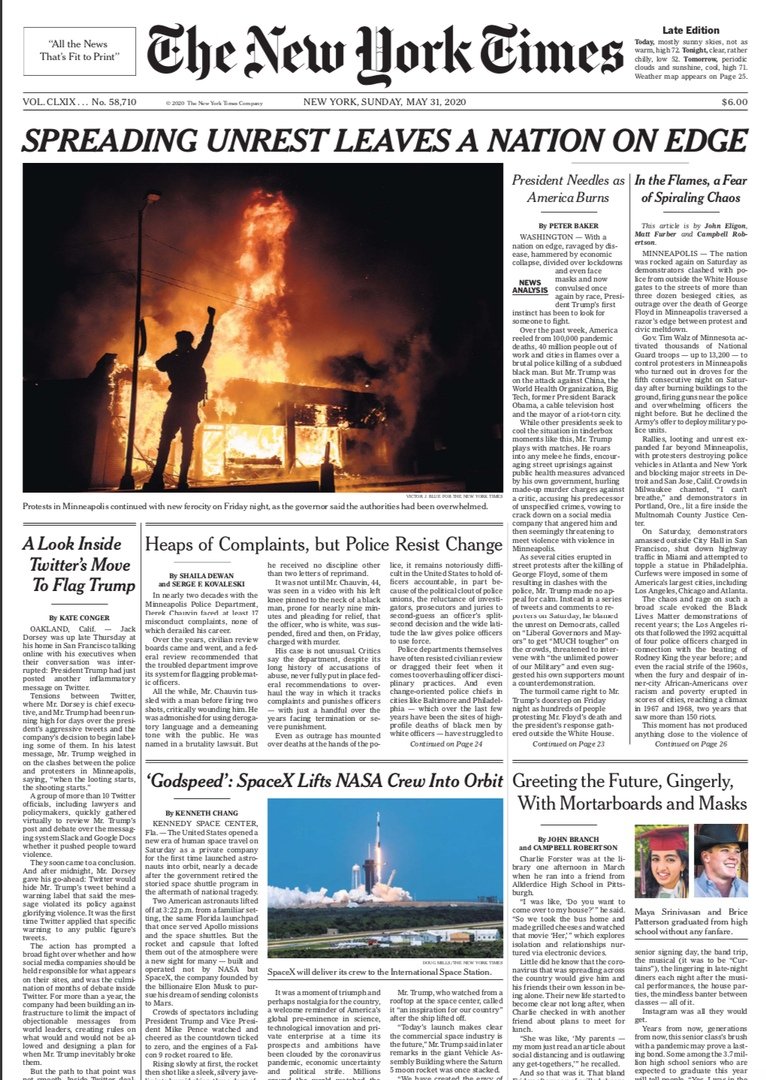

The group with increasing balances shrank enormously during the repayment pause. The chart below compares repayment progress on loans in our 2020 cross-section with progress in 2022. By 2022, that number had declined to 53.7 percent because interest was waived during the pandemic and some borrowers continued to pay down their principal. In 2020, 60.7 percent of outstanding student loans had a higher balance than when they were first issued.

That’s because in normal times, student debt balances mostly increase, thanks to monthly interest payments many borrowers are unable to keep up with. We found that counterintuitively, the repayment pause was the best thing that ever happened to help student loans get repaid. Our student debt research uses credit reports, both from an annual, representative cross-section of student borrowers and from a single group of borrowers we’ve been following since 2009.

They delay or forgo marriage and family formation, homeownership, retirement and their children’s education: a profound failure of social reproduction. In the meantime, while the administration and the courts wrangle over the executive branch’s ability to waive student debt under existing law, student debtors feel forced to downsize their life plans. Regardless of what happens after the scheduled resumption of payments in September and to the Biden administration’s plans for partial student debt forgiveness after the Supreme Court’s ruling in June, we predict that most of the outstanding balances - not to mention the roughly $100 billion in new loans issued every year - won’t ever be repaid. The promise of higher education leading directly to high incomes is hollow. It’s increasingly the case that people who were always going to have low earnings no matter their educational attainment are also overloaded with student debt - think of underpaid teachers who acquired expensive master’s degrees for only a modest pay increase. But an important additional source of student loan misery is the widening and diversifying nature of the Americans who take them out. Wage stagnation is a long-running phenomenon that worsened after the Great Recession. In recent years, many Americans with student loans weren’t making enough money to pay even the accumulating interest on their debt, let alone make progress on the principal. The drain is blocked because despite what economists, policymakers and educational administrators claim, a college degree doesn’t always “pay off.” You can imagine the stock of outstanding student debt as an overflowing bathtub: More students purchasing more undergraduate and advanced degrees at increasing tuition prices is the water gushing out of the faucet, and non-repayment is a blockage in the drain. But student loan repayment had been dwindling for at least a decade before the pause. In the early days of the Covid-19 pandemic, the federal government stopped requiring regular payments of student loan debt - a pause that has lasted more than three years.

Marshall Steinbaum is a senior research fellow at the institute and an assistant economics professor at the University of Utah. Laura Beamer is the lead higher education finance researcher at the Jain Family Institute.


 0 kommentar(er)
0 kommentar(er)
